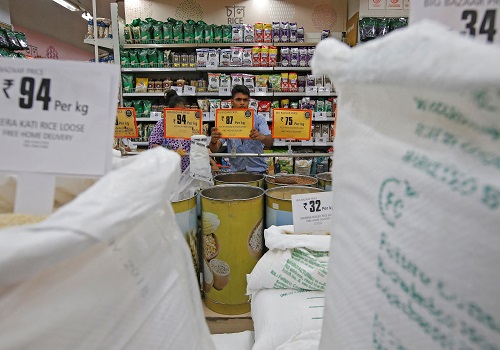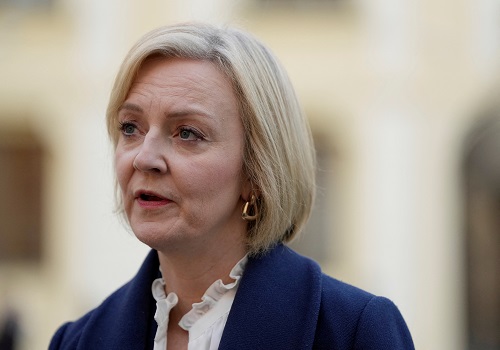The Economy Observer; How has inflation impacted various economic variables? by Motilal Oswal Financial Services
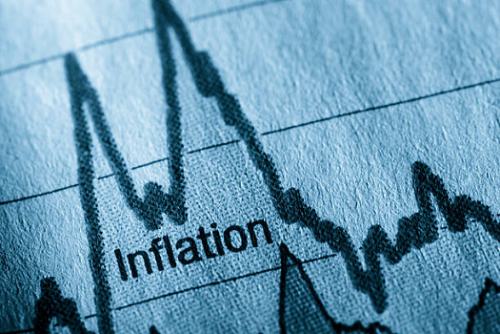
Follow us Now on Telegram ! Get daily 10 - 12 important updates on Business, Finance and Investment. Join our Telegram Channel
Real economic recovery is not as great as suggested by nominal growth
A number of India’s economic indicators such as exports, credit and employee costs of listed companies et al. are posting extremely good growth. At the same time, notable spike in imports has led to record high foreign trade deficit, emerging as the most widely shared concern on Indian economy at this stage. Although all these economic data are published and analyzed mostly on nominal basis, it is equally important to separate the impact of high inflation to gauge the real economic recovery in India. In this note, we share our estimates of real economic data and discuss in detail four of these highly monitored economic
variables:
1. Nominal v/s real exports/imports and trade deficit: India’s exports have grown decently in the past many months; however, faster growth in imports has led to record high trade deficit of USD71b in 1QFY23. Considering the high global inflation, however, it is necessary to remove the inflation impact. Our estimates suggest that while real imports grew faster than real exports in recent months, real trade deficit remained lower than in the pre-COVID period. In contrast to record nominal trade deficit, India’s real deficit at only USD52b in 1QFY23 was much lower than an average quarterly deficit of USD58b in FY18, USD62b in FY19 and USD66b in FY20.
2. Nominal v/s real credit growth: Banks’ loan growth has jumped to a multi-year high of 14% YoY in Jun’22, with strong growth in corporate bonds as well. Better credit growth, driven by economic realities, is usually a harbinger of higher investments. However, during periods of higher inflation, rising working capital demand may blur this conclusion. Our analysis suggests that while nominal credit grew 10.4% YoY in 1QFY23, real credit grew only 3.1% (using CPI) or it contracted 1% YoY (using average of CPI and WPI). In any case, there is nothing to cheer about.
3. Nominal v/s real INR against USD (and other major trading partners): INR has weakened 6-7% against the USD in CY22 in nominal as well as real terms. However, China and Eurozone are as large trading partners for India as the US. And thus, INR movements against other major trading partners’ currencies are also important. While INR has weakened against the USD, it has strengthened 5-6% against Euro and Chinese Yuan (CNY) in real terms. Consequently, the real effective exchange rate (REER) of INR has strengthened in CY22. If so, the competitiveness and inflationary impact of the nominal INR-USD weakness must be concluded with caution
4. Nominal v/s real salary/wage growth: Employee costs of listed companies are growing rapidly; however, a nominal growth of ~12% in FY22/1QFY23 means a real growth of 6%/4% during the period, respectively, following two years of stagnancy. Further, while nominal rural wages have increased 5-6% during the past many years (including 1QFY23), real rural wages contracted in 1QFY23, with extremely weak growth recorded in the previous two years and considerably lower than pre-COVID growth. The wage-led (sustainable) inflation fears are, hence, not too real at this stage. Overall, a comparison of nominal v/s real indicators confirms that while the nominal growth looks exceptional due to high domestic/global inflation, the real economic recovery is not as great.
To Read Complete Report & Disclaimer Click Here
For More Motilal Oswal Securities Ltd Disclaimer http://www.motilaloswal.com/MOSLdisclaimer/disclaimer.html SEBI Registration number is INH000000412
Above views are of the author and not of the website kindly read disclaimer










Tag News

Monthly Debt Market Update, September 2023: CareEdge Ratings



More News
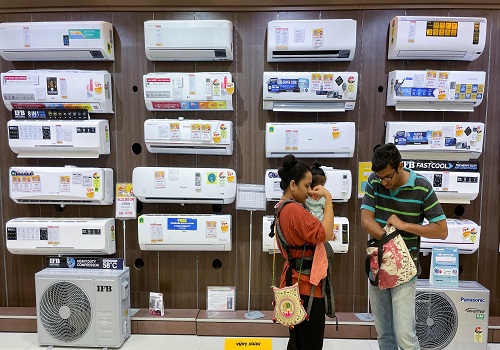
Moody's cuts India's 2022 GDP growth forecast to 7%, sees 2023 growth at 4.8%
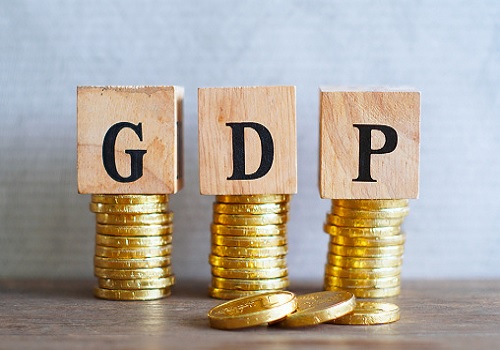

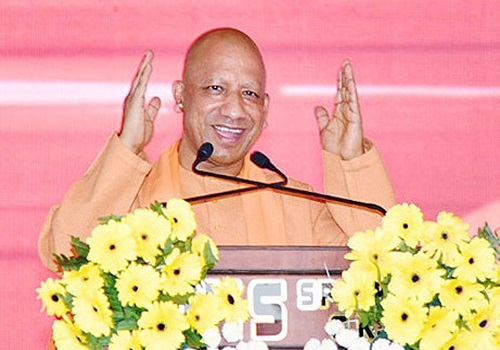


 320-x-100_uti_gold.jpg" alt="Advertisement">
320-x-100_uti_gold.jpg" alt="Advertisement">


